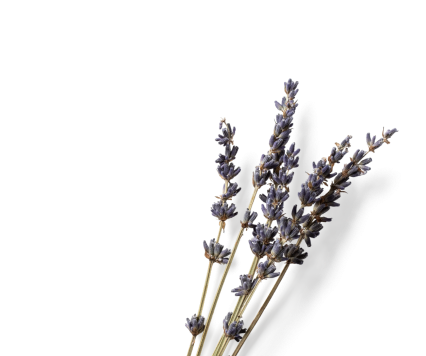The Green Wedding Choice

Under all of the lace, satin, and ruffles of our business is an underlying passion for sustainability.
Wedding dresses are often worn for a single occasion and then placed in a box for storage for decades. And most modern brides want the chance to express their individual style by selecting their own wedding dress.
Every day we hear from M-o-B’s who have kept their dress for 30 years in a closet without even opening the box. This is disheartening when you think about the amount of labor and energy-intensive work required to create a wedding dress!

Unbox the Dress offers brides and mothers-of-the-bride the ability to make bridal “getting ready” garments and accessories from family wedding dresses. We are proud to embrace sustainability in five key ways: We reduce fabric consumption, keep textiles out of landfills, minimize water pollution, reduce carbon dioxide emissions, and employ local seamstresses.
Did you know that less than 1% of garments are recycled into new ones each year? (CO). But for a typical 80s-90s era wedding dress, it is possible to up-cycle the fabric into a robe, shorts, clutch, and garter - often even more!

A shocking, 8.9 million tons of textiles are landfilled yearly (EPA). Over the last year, our team has taken in about 1,700 lbs of textiles to be up-cycled. And unless the garment is significantly damaged, we can make use of almost every little bit of the dress (Hello, baby booties!)
Water consumption required for new fabric production can be toxic to the environment. In 2019 our team made 283 “I Do Wedding Day Robes” for our clients, with an associated estimated savings of 28,000 gallons of water!*
With the production of our "I Do Wedding Day Robes" in 2019, we estimate that we have saved about 13,250 MJ of energy from being expended for new textile production - enough to run a clothes washer 1,600 times.**

As we employ local seamstresses we hope that we are embedding in them our passion for creating something new out of something old and giving our clients a new lens in which to think of the garments sitting in their closets. Increasing a garment’s life for 9 additional months can reduce its environmental impact by up to 30% CO)! Not to mention that up-cycling a cherished garment means its story can continue as it is cherished for years to come.

Photography by Avra Studio.










